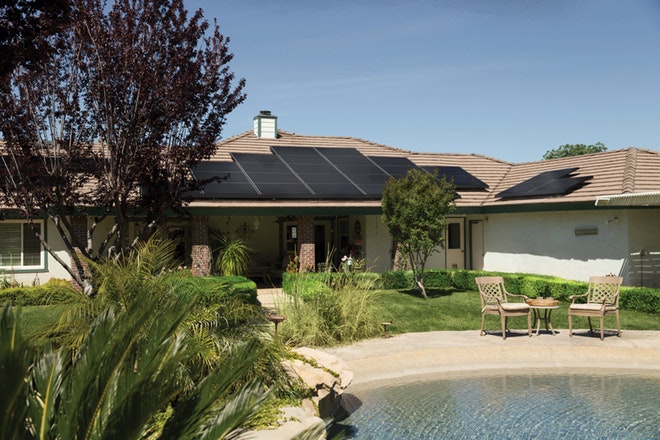Batts, blankets, blown, foil backed and foam board: there are so many types of insulation that it can be hard to make a decision about which is best for you. But don’t worry, a little research will go a long way. In this post we are going to break down the differences between blown and batt insulation so you can make a more informed decision about which insulation type is right for you.
What they’re made from
In Australia, the most common materials that batt insulation is made out of are:
- Glasswool, aka fibreglass, which is recycled glass materials spun into fibres. It is easy to handle and transport.
- Polyester, which has none of the itch factor or breathable fibres associated with glasswool. This makes it a great choice for people with asthma.
- Rockwool, which is made from crushed rock materials and has exceptional fire ratings.
Blown insulation is typically made from small particles of glass wool, rockwool or cellulose (recycled paper materials that have been chemically treated to be fire resistant).
How they’re installed
The installation process for batt insulation involves pressing the batts between joists or beams and then stapling or strapping them in place. Many insulation batts come pre-cut to fit most Australian homes, but they can also be easily cut to fit awkwardly shaped spaces.
Batt insulation is easy to handle, and although it can be installed by a professional, it is great for DIY installations. Installation of batt insulation is done when a home is being built, or during a major renovation. It is important that insulation batts are not compressed, and that there are no gaps left after the installation process. These things can negatively affect the thermal performance of the insulation.
Blown insulation is installed in the wall or roof cavities via an insulation hose. Since it’s important that blown insulation is distributed evenly and it requires special equipment, installation is normally done by a professional. Blown insulation is good for reaching hard-to-access areas of a home, and can be installed in existing homes without much hassle.
Is blown in insulation better than batts?
Blown insulation and batt insulation have different advantages, depending on your situation. For example, if you are in an existing home and aren’t wanting to do a major renovation, blown insulation might be more convenient. On the other hand, blown insulation must be installed by a professional, but insulation batts can be a DIY project, which could help you keep the costs down.
Both blown insulation and batt insulation are effective at helping you regulate the temperature inside your home. They essentially work in the same way by trapping millions of tiny pockets of air which help slow down heat flow.
Whether you choose to go blown or batts, the most important factor is the R-value of the insulation. The R-value refers to how effective an insulation product is at reducing heat loss and gain. The higher the R-value, the more effective the insulation will be, and the more energy savings you will see in your home. At Pricewise Insulation, we recommend you always upgrade to the highest R-value that you can afford so that you can experience the maximum benefits of your insulation.
Can you put batt insulation on top of blown insulation?
Over time both blown and bulk insulation will become less effective at reducing the transfer of heat. So it begs the question: if you have old insulation, can you just ‘top it up’ with new insulation?
While you can add new insulation over old insulation, it may not always be the best idea. If the existing insulation is in pretty good quality, then it may be a viable option. However, if the existing insulation is wet, mouldy, damaged or distributed unevenly, it should be removed before installing new insulation. If you’re unsure, it’s best to get a professional opinion.






